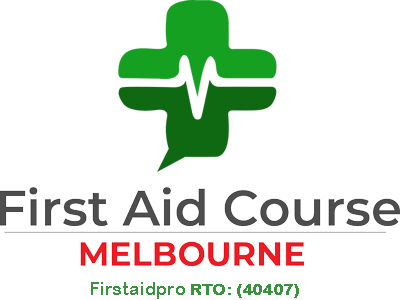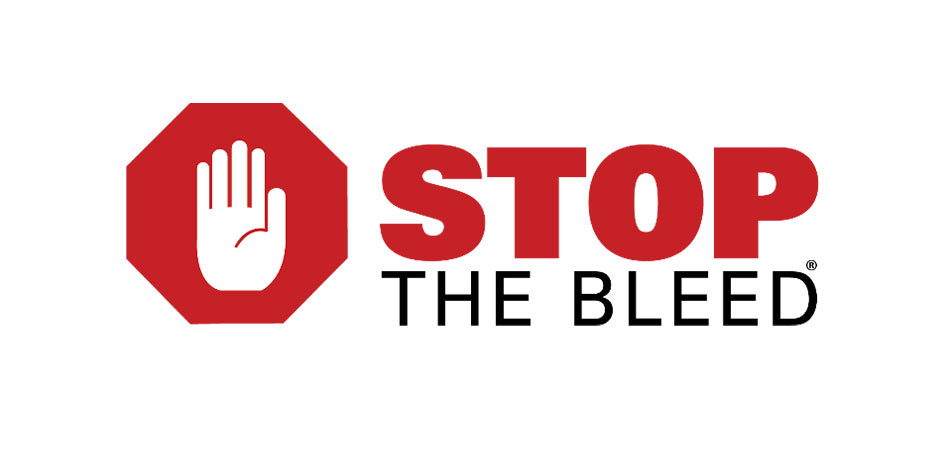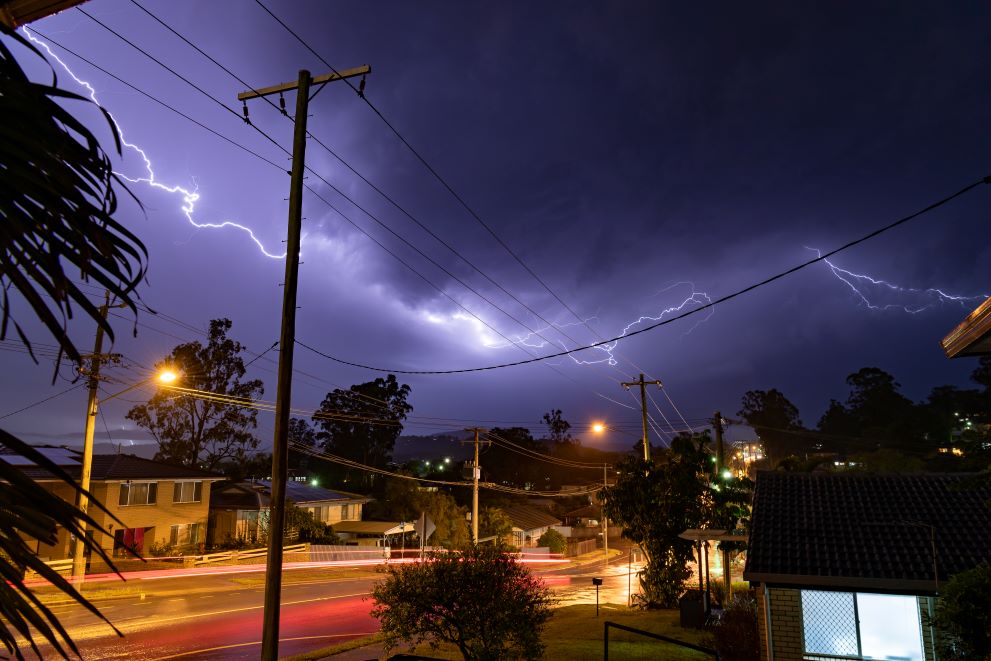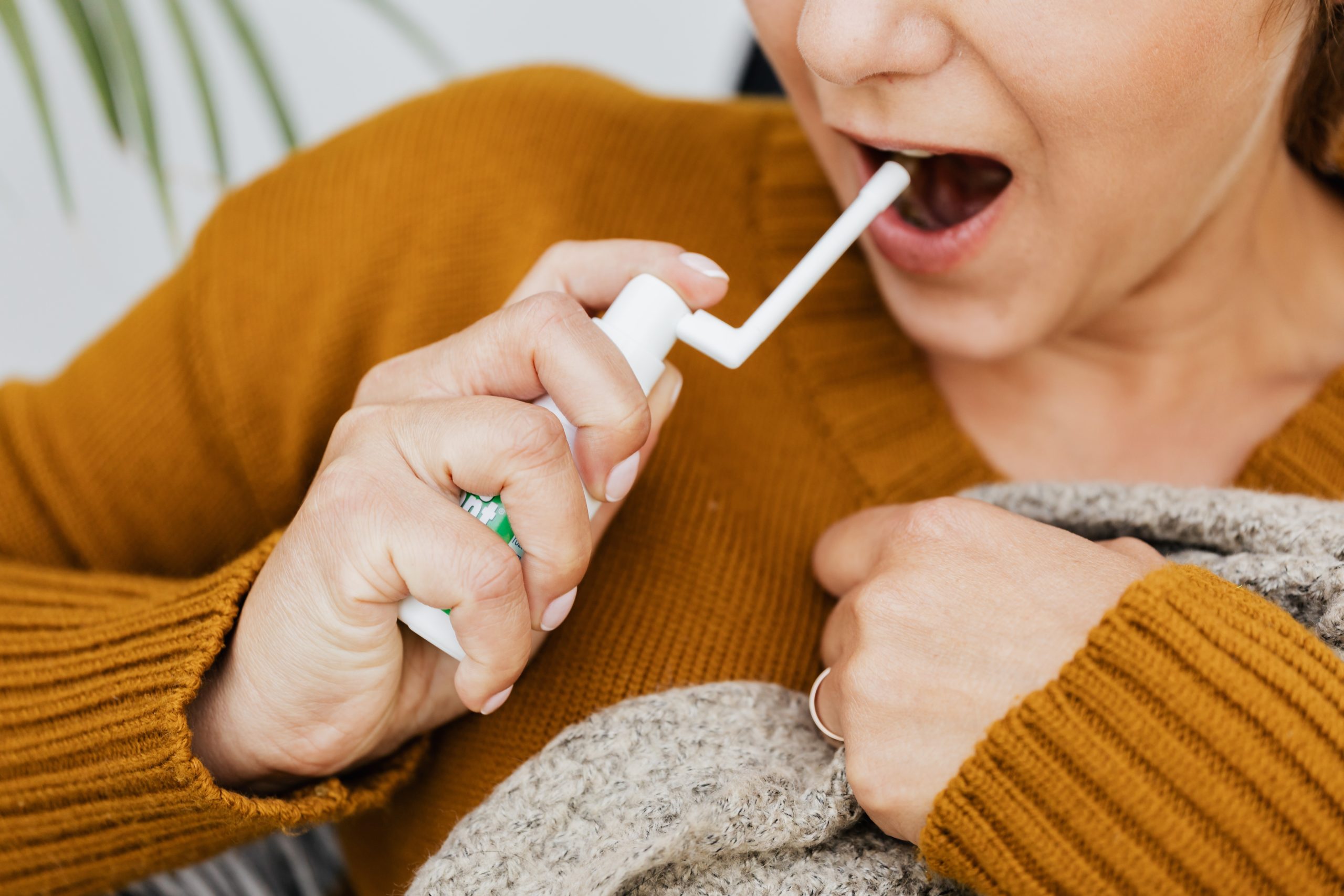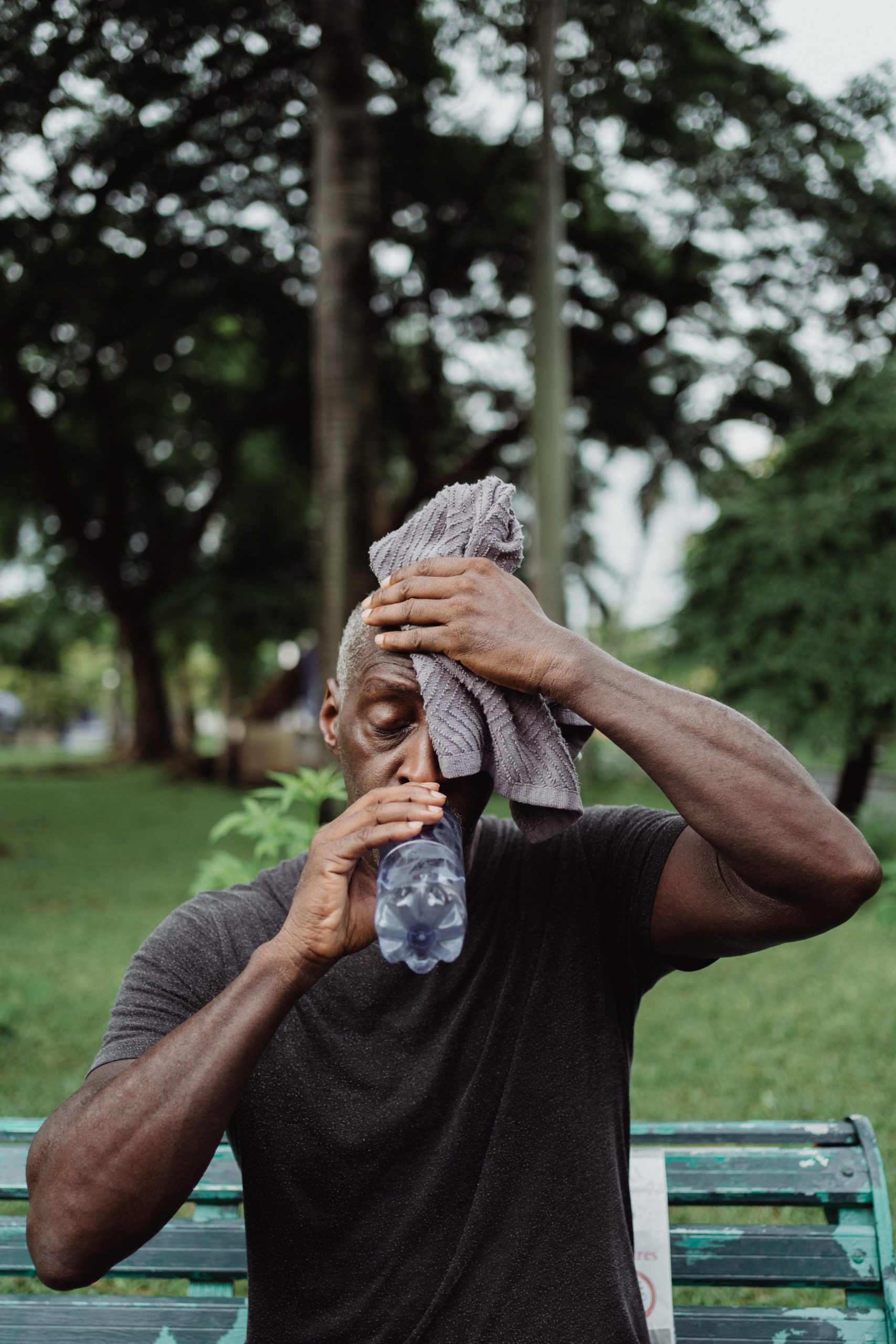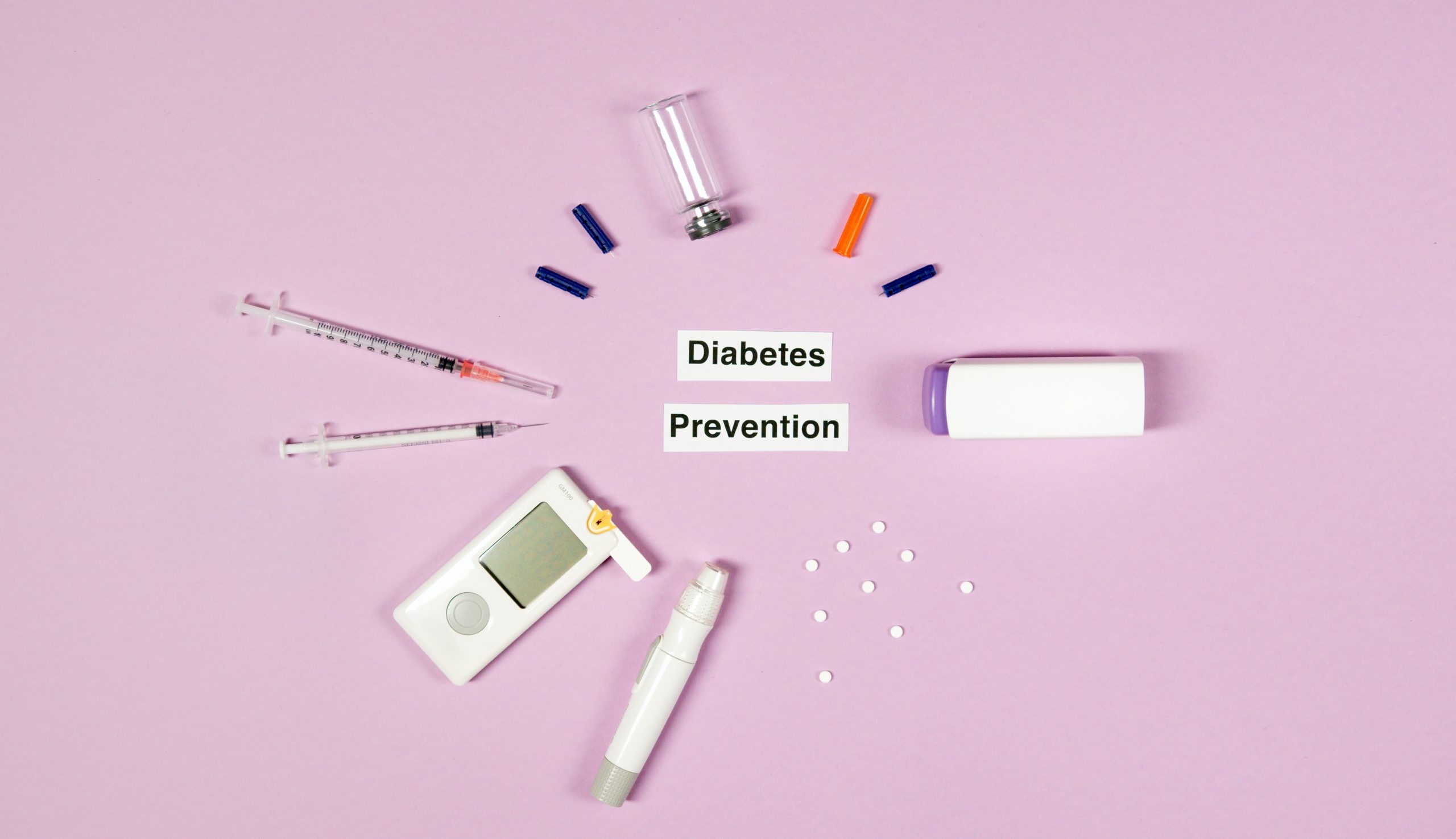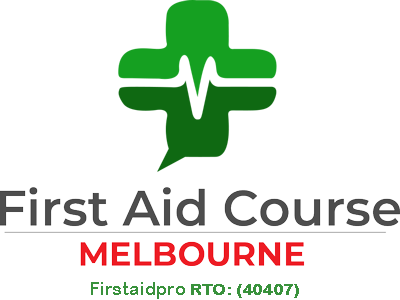Bleeding refers to the loss of blood from the circulatory system that can cause minor massive bleeds. Stop the bleed is the first aid response to these injuries to avoid further damage and save lives.
What is Bleeding
In general, bleeding is minor in nature and only involves small cuts, scrapes, grazes, etc. However, the bleeding can become alarming if a large vein or artery has been injured. The best example of this is an injury to the jugular vein found on the neck.
Symptoms and Signs of Bleeding Injury
- An embedded foreign object to the wound
- Moderate to severe pain from skin surface wounds
- Bruising or discolouration of the skin
- Loss of normal function to the area of injury
- Pale, cold, clammy skin
- Visible external bleeding
Why ‘Stop the Bleed?’
Bleeding control awareness is on the rise because of the ongoing emergencies that often result in life-threatening injuries. These include mass shootings, catastrophes, motor vehicle crashes, and home or work-related injuries. Based on statistics, uncontrolled bleeding is the number one cause of preventable death in trauma emergencies.
Paramedics and other emergency responders are not always available or are not always nearby to respond fast enough to stop the bleeding. It is shown that a victim who suffers from any form of trauma bleeding can bleed to death in a matter of minutes. In such emergencies, the victim’s life can be saved if bystanders in the area know how to apply basic first aid techniques to control the bleeding.
The ‘Stop the Bleed’ campaign goal is to do just that – control the bleed, prevent further injuries, and save lives.
Stop the Bleed Campaign is a joint committee from different organisations across the world. It aims to empower the general public to provide emergency care by learning the basics of bleeding control. This includes scene and casualty assessment, applying tourniquets, and the use of bandage dressings to stop the flow of blood.
First Aid for Bleeding
Small cuts and abrasions that are not bleeding excessively can be safely treated at home. But for more serious bleeding, first aid suggestions include:
-
Apply direct pressure to the wound
Apply direct, firm pressure over the wound. Use a sterile pad or clean cloth, then apply it firmly with hand pressure. Secure the dressing in place using a bandage.
-
Raise the injured area
If the wound is on a joint or limb, raise it in a supported position to reduce blood flow to the injury. If the injury is in the arm, you can apply an arm sling or elevation sling.
-
Avoid contact with blood and bodily fluids.
Try to avoid any direct contact with the blood or other body fluids. If available, use sterile gloves before approaching the victim. If gloves are not accessible, you can use plastic as an alternative and put your hands inside.
If there has been any form of contact with the fluids, wash your hands thoroughly with soap and clean water. If you have concerns about a possible risk of infection, seek advice from your doctor as soon as possible.
-
Do not remove foreign objects embedded in the wound
Do not remove the object by yourself. Instead, apply pads on either side of the object. Slowly build it up to control the bleeding and call a professional to do the removal.
-
Seek medical assistance
Bleeding injuries that appear to be minor allow the victim to travel by car. Ask someone to drive you to the nearest ER or arrange an urgent appointment with a doctor to assess the injury.
If the bleeding is severe or the victim starts to lose consciousness, call 000 for an ambulance as soon as possible. While waiting for an ambulance to arrive, observe closely for any change or improvement to the victim’s condition.
We hope this blog has highlighted the importance of stopping the bleed. The First Aid Course Melbourne offers Provide first aid course that covers everything about wound care. You will be given lots of information, including applying a tourniquet and covering the wound with dressings.
If this interests you, please contact us and one of our staff will be happy to assist you. Our courses run in Australia-wide locations, or we can come to you.
